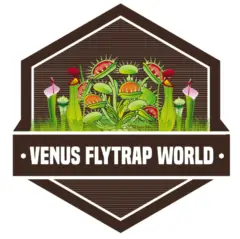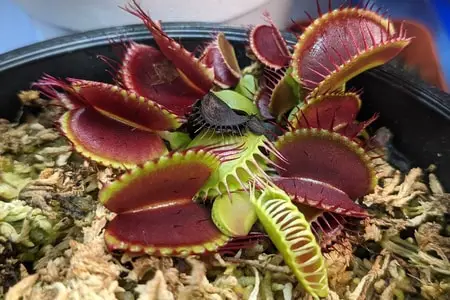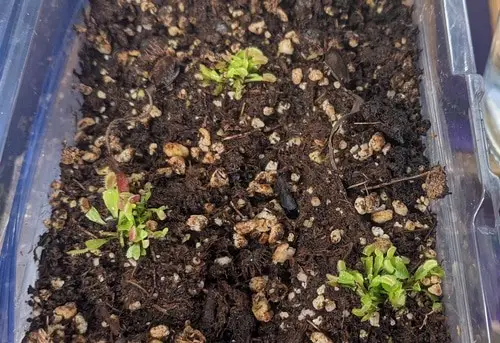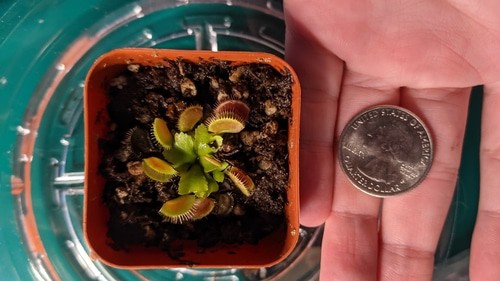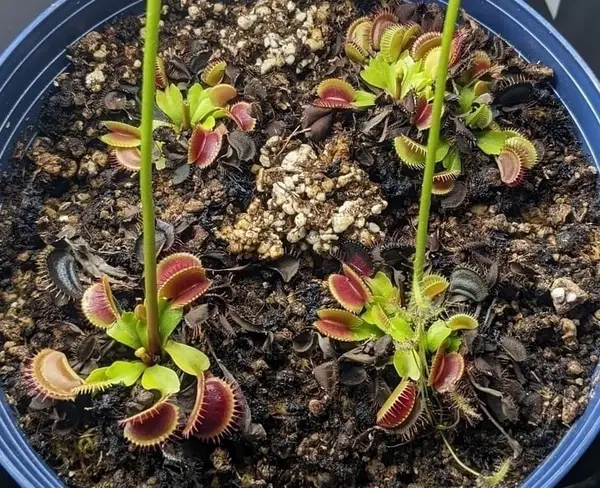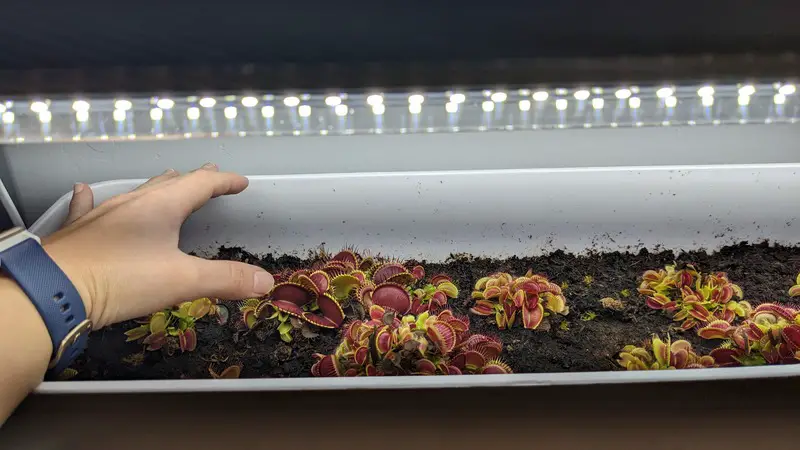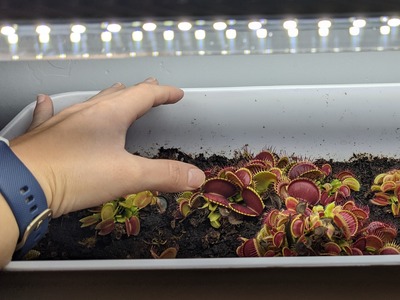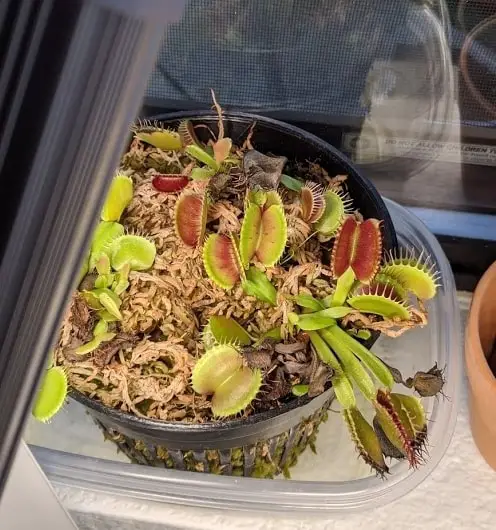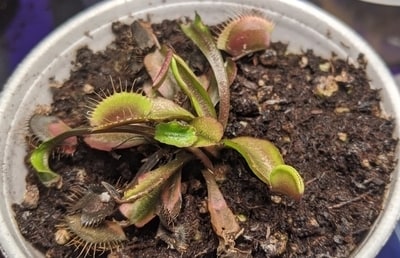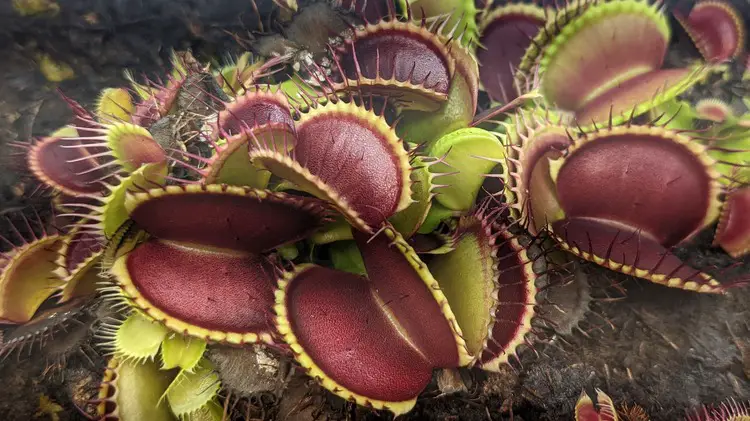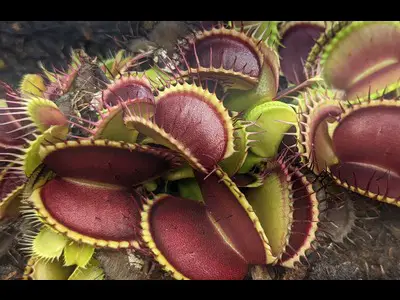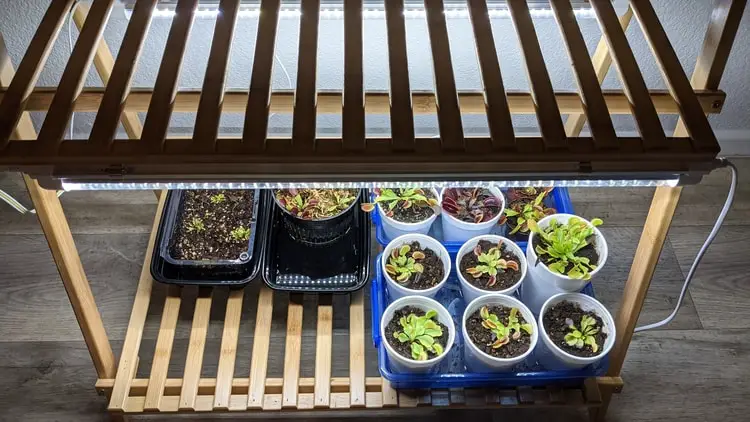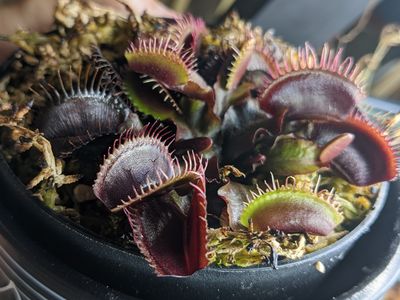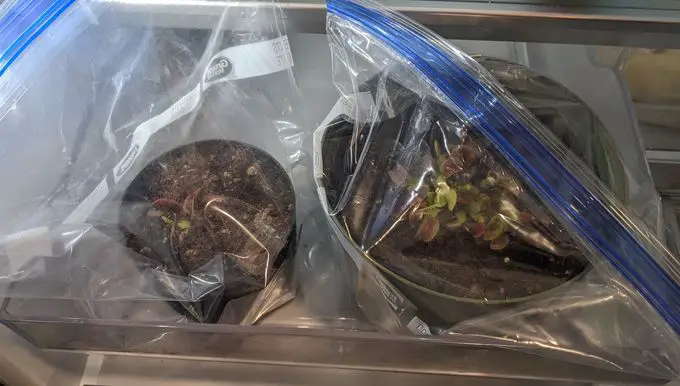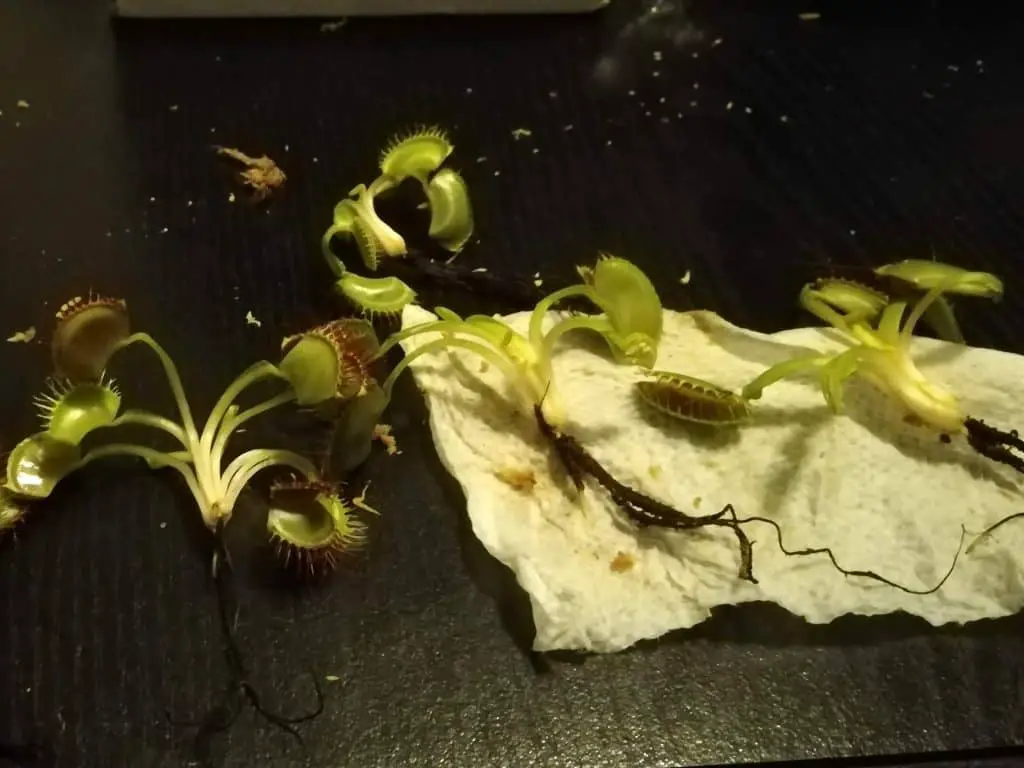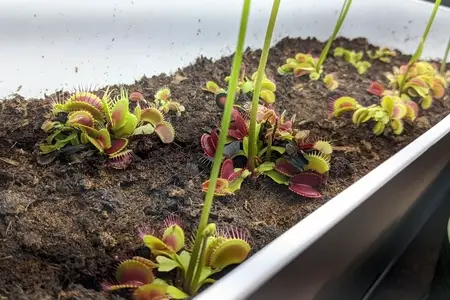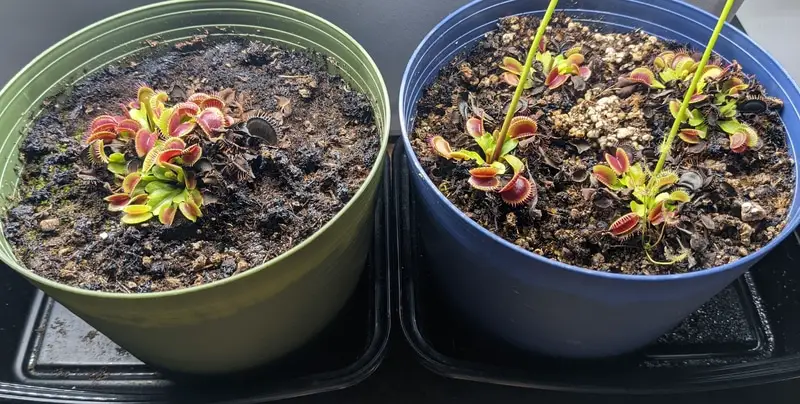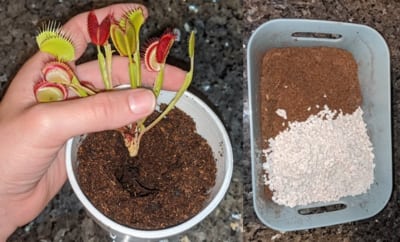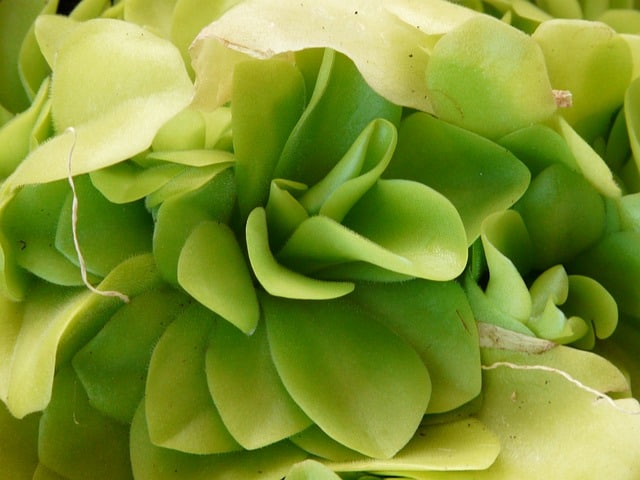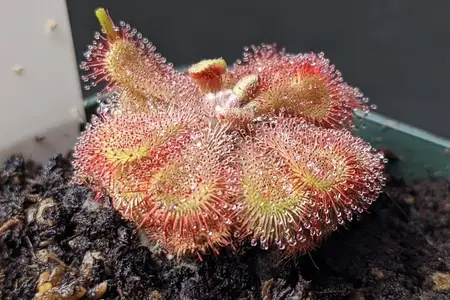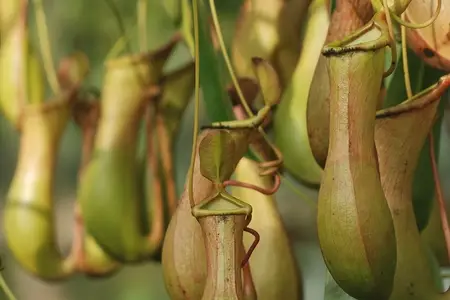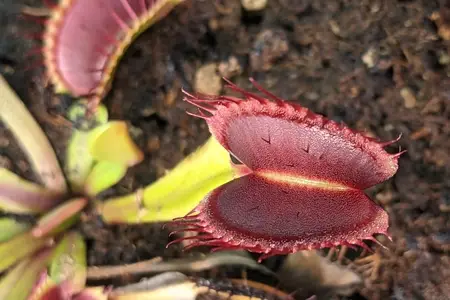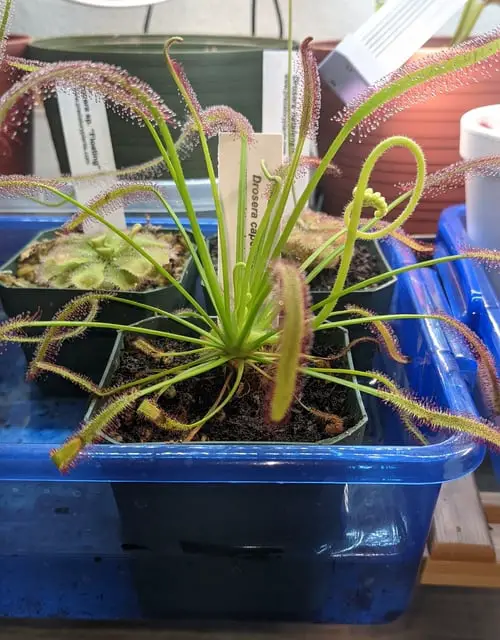Even though it might not be evident to many, Venus flytraps produce flowers. Venus flytraps have modified leaves that form traps to capture insects. Those traps are not flowers but just modified leaves. In specific environments, venus flytraps bloom and produce flowers; in this article, I will share what it means and my recommendations for recommended next steps.
Venus fly traps flower when they reach maturity after 2-5 years. They flower in the spring producing one or multiple long stems that turn into flower bunches. The flowering process is not bad for the plant, but in some cases, it is recommended to cut off the stalks and prevent the plant from blooming.
Seedlings and young Venus fly traps won’t flower right yet. Once Venus flytraps reach maturity after 2-4 years, the plant will start producing flowers yearly.
Does Blooming Kill Venus Flytraps
The flowering process is entirely natural for Venus fly traps, as it is for all other plants. The production of flowers signals that the plants are mature and ready to propagate.
Even though flowering does not kill Venus flytraps, it does take up substantial amounts of energy from the plant. The flowering process will slow down growth through the growing season.
I have grown Venus fly traps for almost half a decade, and I sometimes skip the flowering process by removing the stalks when they are just 1-2 inches long. Why do I do that? If I am not planning to collect seeds, I do not mind removing the flowers and saving my plants some energy for speedy growth through the summer.
Learn how to pollinate your Venus fly trap flowers and collect seeds by reading this article: How to Propagate Venus Fly Traps
In many cases, like the ones below, it is recommended to skip the flowering process:
- Venus fly traps sometimes produce a flower when they struggle to survive as a last resort to propagate. Your plant might die as blooming can end up using up all of the plant’s energy.
- When weather conditions are variable, Venus fly traps produce flowers during the growing season, slowing the growth.
- You won’t collect seeds, and the flowing process limits the growth
In the next section, I will cover each of these scenarios and how to address them. This article covers an overview, but if you want to go over a complete analysis, read this article: What to do when your Venus flytrap flower.
When to Stop Your Venus Fly Trap from Flowering
Here are three scenarios when it is recommended to stop the flower stalks from developing:
The Venus Flytrap is Producing Flowers Before Dying
When Venus flytraps are growing under unsuitable conditions, they suffer immensely. They shrink in size, lose leaves, fade their colors, etc. You can read this article to assess if a plant is dying: Key signs your Venus flytrap is unhealthy.
Venus flytraps that are slowly dying can sometimes produce flowers. It is overall a negative sign. It usually means the plant is trying to propagate before dying.
You can let your plant flower, but your Venus fly trap will likely die unless you fix the negative environment and get a bit lucky. The best strategy is to remove the flower stalks immediately and improve your plant’s growing condition. Maybe it needs more light or perhaps more water.
Your Venus Fly Trap is Flowering in the Growing Season
Venus fly traps naturally flower in the spring. They go dormant during winter, and they start flowering as they rise with the warmer weather.
Due to the changing temperature, fluctuation in the climate, or just luck, Venus flytraps can flower during the growing season. This is not negative, but just not optimal. Venus flytraps should bloom in the spring for propagation and continue to the growing season all through the summer.
Blooming in the summer will substantially slow down growth. Therefore, the recommendation is to stop flowering when it is out of the cycle. Unless you are highly interested in collecting seeds, flowers during the summer months are not very beneficial.
You Won’t Collect Seeds When Your Venus Flytrap Flowers
Propagating Venus flytraps is an enjoyable and rewarding process. I have done it multiple times with seeds, stalks, and divisions (you can learn about all these methods here). However, you might not always want to propagate my plants and collect seeds.
If you are not planning to collect seeds, it is generally recommended to skip the flowering process. The flowers are not extremely impressive, only last for a short period, and the blooming process impacts the plant’s growth.
Removing the flowers will translate into larger traps and bigger plants.
It is understandable if you are just curious about the flowers and want to see them. You definitely can; it is entirely safe for your plant.
How to Stop Your Venus Fly Trap from Flowering
Now that you have learned the best strategies for deciding to keep or remove the flowers, it is time to cover how to stop your Venus fly trap from flowering.
Prevent your Venus flytrap from flowering by cutting off the flower stalk as soon as you spot them. You can also cut them when they have reached 1-2 inches in height. Use sharp scissors and remove them from the base.
This article shared a video and steps of how to remove the flower without harming the plant: Easy Steps to Remove Venus Fly Trap flowers.
The flower stalks take a few weeks to grow and flower. To ensure you prevent your plant from spending extra energy in the flowering process producing the stalk and then blooming, you must remove the branch as soon as possible. Even if the stalk has not flowered yet, the bigger it is, the more energy your plant is allocating for that process.
There is an exciting method to propagate your plant with those leftover flower stalks! To increase your chances of success in flower stalk propagation, you must obtain the cuttings before the stalks flower. For best results, get the cuttings as soon as the flower stalks reach a length of 2-4 inches.
The process of propagating Venus flytraps through flower stalk cuttings is uncomplicated. First, cut flower stalks after they grow 2-4 inches. Then, plant the flower stalks in carnivorous plant soil. Finally, provide water and lighting. Flower stalks exhibit growth within 2-5 months.
You can get step-by-step instructions and watch a video on flower stalk propagation here.
